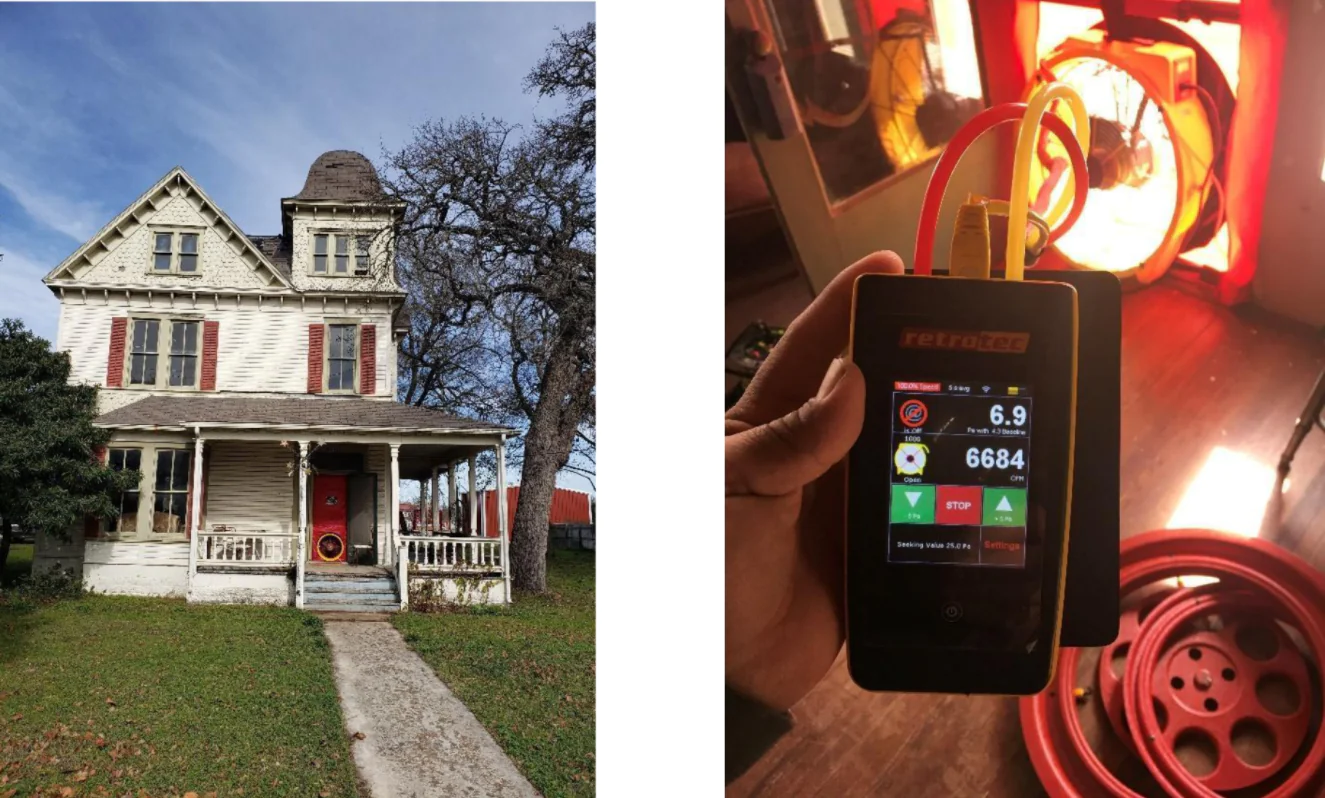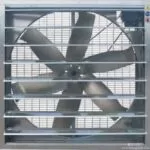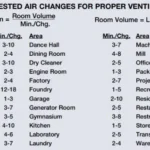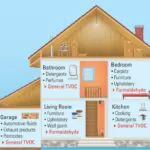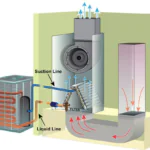This article is an adaptation of Sam Myers’s “Historic Homes: Handle With Care” article on HVAC School. HVAC School is operated by Kalos’s President, Bryan Orr, and it is a platform that publishes free educational materials for HVAC professionals worldwide.
Historic homes are a rare breed nowadays, especially in Central Florida. However, if you’ve ever lived or vacationed in an old home, you may have noticed the following:
- The level of comfort can change throughout different parts of the house.
- Your comfort level may change throughout different times of the year.
Those differences in comfort are primarily due to air leaks in the home. In leaky homes, lots of air can enter or escape the home through cracks and other small openings.
When it comes to comfort, air leakage is on par with heating and cooling concerns. That is especially true of older historic homes.
Table of Contents
CONSTRUCTION IN THE PAST
You may have heard the phrase, “They make [x] like they used to.” You may even say it yourself when you’re frustrated with tools or appliances that break after a few uses! Well, that phrase is absolutely true of houses.
People who built homes before and during the early 1900s had a different mindset than modern construction companies. Their main goal was to construct homes that could keep occupants out of the elements and provide warmth with wood-burning fireplaces.
Many of these homes were also built before the invention of the air conditioner. So, the occupants had to open the windows if they wanted to cool off during the summer months.
Builders also didn’t have access to the sheet goods of today. So, subfloor systems were plank-style. Exterior walls also had cross bracing in the walls instead of exterior wall sheathing for racking strength. Today’s exterior sheathing helps keep air leakage down since it covers the wall continuously with fewer cracks. You can see that quite easily if you compare the brick or stucco houses in many Central Florida neighborhoods with the shiplap exterior of the historic home pictured below. The latter would have more cracks.
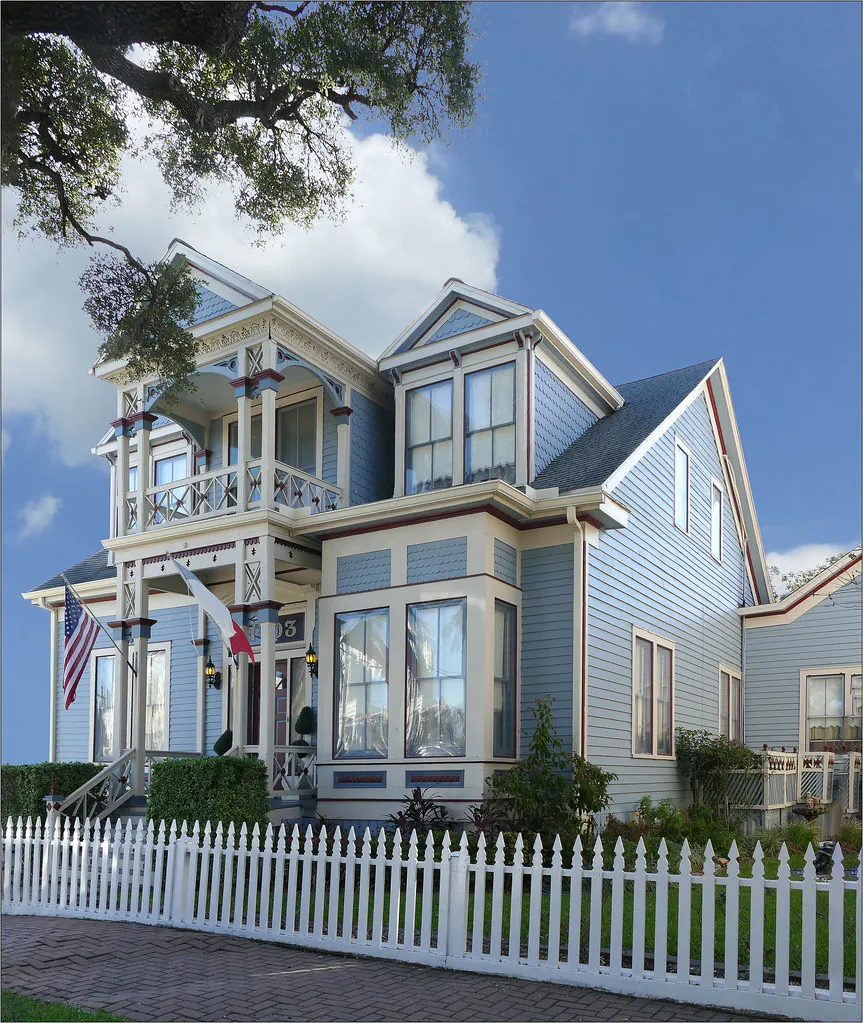
STRUCTURAL INTEGRITY
The historic homes still standing today have good bones—structurally speaking. They were built when a 2×4 stud was actually 2” by 4” instead of the 1.5” by 3.5” studs we have today.
Today, construction companies build homes very quickly to meet high demands for housing. Early homes built near the turn of the century were not rushed to meet the tight schedules and deadlines of today’s construction processes. So, builders, carpenters, and craftsmen had more time to perform their tasks.
If you picture a historic home in your mind, it would likely consist of beautiful detailing on the outside. You’d also probably expect elegant craftsmanship throughout the interior: custom staircases, woodwork around fireplaces, dentil crown molding, etc. On the other hand, most modern homes are more “cookie-cutter” in nature; they have formulaic floor plans and look remarkably similar to other local homes. So, historic homes may be more attractive than modern homes in terms of uniqueness and “good bones.”
However, where historic homes excel in structural integrity and beauty, they tend to lack in performance when HVAC systems are installed.
AIRTIGHTNESS DEMANDS AND TESTING
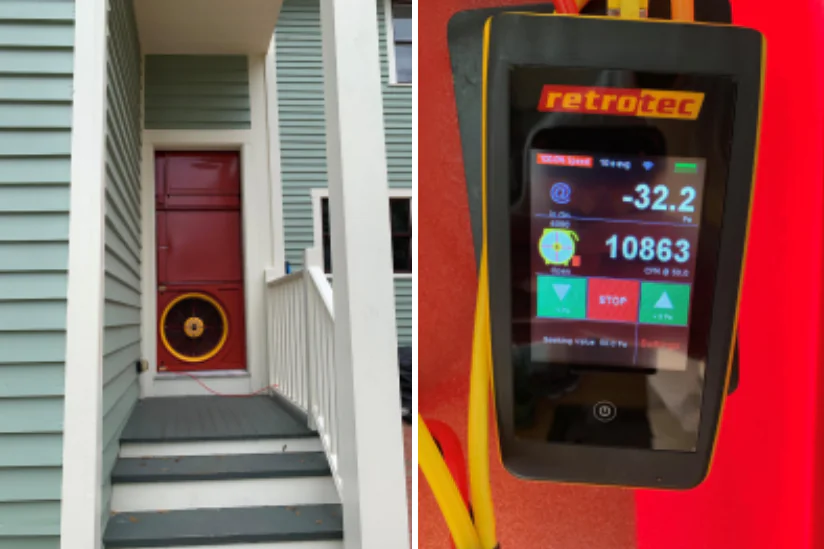
Until the past few decades, airtightness has not been a concern in residential buildings in the US. It is just now being required by code in some states.
So, the people who built the historic homes we still have today weren’t thinking about airtightness. Even if some of them considered airtightness, they certainly didn’t have the knowledge we have today regarding where and how to seal cracks or openings in the home.
In both historic and modern homes, most of the leaks in the home are near the ceiling. When you run electrical, mechanical, and plumbing components near the ceiling, you can expect a lack of airtightness in those areas.
To determine the leakiness of a home, HVAC companies can perform a blower door test. In this test, the technicians place a large blower door over the frame of the front door of a home. The blower door has a flexible panel that fits over the doorway, a pressure gauge, and a large fan. That fan pulls the air out of the home and puts the house under negative pressure. Outdoor air can then infiltrate the home through the cracks. The mounted gauge measures the pressure differences between the home’s inside and outside to determine the leakiness.
RISKS OF LEAKY HOMES
Many historic homes still exist today and have not had any serious problems due to a lack of airtightness. However, there is still a reason why airtightness has been written into modern building codes.
According to the US Department of Energy, leaky homes are at risk of the following:
- Higher energy consumption and costs due to air leakage
- Moisture and condensation problems
- Uncomfortable drafts
- Difficulties determining the appropriate degree of mechanical ventilation (such as bath fans)
COMMON FIXES FOR LEAKY HISTORIC HOMES
So, how can we make historic homes more comfortable without forsaking their charm?
As said earlier, a big part of controlling air leakage is about knowing where to seal. You can introduce modern building materials, like plywood and spray foam, to the home’s interior to seal the existing cracks.
However, you may have to interfere with the home’s structure in some areas. If the house is structurally sound, then that’s not a good idea. On top of that, you probably won’t get all of the sources of leakage, so sealing is only a partial solution.
Some experts recommend installing whole-home dehumidifiers to prevent mold growth and other products of moisture usage from the remaining leaks. Installing a dehumidifier also takes some of the latent heat load off your A/C system.
Once you address the leakage and humidity, it’s a good idea to redo the entire duct system and have an HVAC contractor perform load calculations to resize the HVAC unit. An oversized unit won’t control humidity as effectively as possible and will constantly start and stop, which raises your electricity bills and leads to inconsistent comfort.
So, this is all to say that historic homes provide questionable comfort by today’s standards. However, you have options for controlling that comfort. Most of those options are small fixer-upper tasks or HVAC renovations. By making some small adjustments to your home or having an expert update your HVAC system, you can keep your historic home’s character and feel comfortable inside it.

